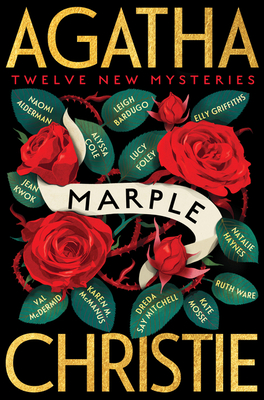 Marple: Twelve New Mysteries by Naomi Alderman, Leigh Bardugo, Alyssa Cole, Lucy Foley, Elly Griffiths, Natalie Haynes, Jean Kwok, Val McDermid, Karen M. McManus, Dreda Say Mitchell, Kate Mosse, Ruth Ware
Marple: Twelve New Mysteries by Naomi Alderman, Leigh Bardugo, Alyssa Cole, Lucy Foley, Elly Griffiths, Natalie Haynes, Jean Kwok, Val McDermid, Karen M. McManus, Dreda Say Mitchell, Kate Mosse, Ruth Ware Format: eARC
Source: supplied by publisher via Edelweiss
Formats available: hardcover, paperback, large print, ebook, audiobook
Genres: historical mystery, mystery
Series: Miss Marple Mysteries
Pages: 384
Published by William Morrow & Company on September 13, 2022
Purchasing Info: Author's Website, Publisher's Website, Amazon, Barnes & Noble, Kobo, Bookshop.org, Better World Books
Goodreads
A brand-new collection of short stories featuring the Queen of Mystery’s legendary detective Jane Marple, penned by twelve remarkable bestselling and acclaimed authors.
This collection of a dozen original short stories, all featuring Jane Marple, will introduce the character to a whole new generation. Each author reimagines Agatha Christie’s Marple through their own unique perspective while staying true to the hallmarks of a traditional mystery.Naomi Alderman
Leigh Bardugo
Alyssa Cole
Lucy Foley
Elly Griffiths
Natalie Haynes
Jean Kwok
Val McDermid
Karen M. McManus
Dreda Say Mitchell
Kate Mosse
Ruth WareMiss Marple was first introduced to readers in a story Agatha Christie wrote for The Royal Magazine in 1927 and made her first appearance in a full-length novel in 1930’s The Murder at the Vicarage. It has been 45 years since Agatha Christie’s last Marple novel, Sleeping Murder, was published posthumously in 1976, and this collection of ingenious new stories by twelve Christie devotees will be a timely reminder why Jane Marple remains the most famous fictional female detective of all time.
My Review:
Unfortunately, Agatha Christie isn’t writing any new Marple stories, or for that matter any new Poirot stories. But she was the creator of the iconic “little old lady” amateur detective Miss Jane Marple and will be credited as such for as long as Miss Marple is read. And this collection of new Marple stories from the pens – or computers – of Dame Agatha’s successors in mystery is certain to keep Miss Jane Marple of St. Mary Mead in the minds and hearts of readers for another generation.
I have to confess that personally I prefer Poirot to Marple. It’s not so much about either of them as it is about the way they are treated and the world that surrounds them. Both are just a tad eccentric, a bit of an exaggeration in Miss Marple’s case while a huge understatement in Poirot’s, but because of both their respective genders and the times in which their stories are set Poirot’s eccentricities are considered a mark of his genius while Miss Marple is often disregarded and disrespected, sometimes even after she solves the case.
If Miss Marple had half of Poirot’s foibles she would have been locked up in a lunatic asylum. Men were allowed to be over-the-top, even to his degree, without being thought to be insane. Or hysterical as she would have been. Certainly, few would have taken her remotely seriously, discounting her because of her age and her gender.
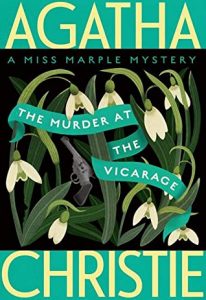 While Christie got around some of the restrictions on women at the time by making Miss Marple an independent woman past a certain age who had outlived any male who might have had authority over her, the authors of this collection have taken that a step further by setting all of their stories rather later in her “career’, meaning that she already has a well-earned reputation for solving murders and has garnered a circle of influential friends in high places – at least among the police.
While Christie got around some of the restrictions on women at the time by making Miss Marple an independent woman past a certain age who had outlived any male who might have had authority over her, the authors of this collection have taken that a step further by setting all of their stories rather later in her “career’, meaning that she already has a well-earned reputation for solving murders and has garnered a circle of influential friends in high places – at least among the police.
So she doesn’t face quite as much disrespect and disregard as she would have earlier. (It’s been decades since I read her first outing, A Murder in the Vicarage, so I just picked up a copy so I can read it again and see if memory and supposition are correct.)
One of the stories in this collection (The Second Murder at the Vicarage by Val McDermid) takes the reader back to that very place where Miss Marple solved her first case), while Miss Marple’s Christmas by Ruth Ware takes us back to St. Mary Mead for a traditional Christmas gathering Marple style, as Miss Marple finds herself solving a case of theft instead of indulging in the Christmas pudding.
Escape Rating B: For the most part, these stories were enjoyable as I read them but weren’t quite long enough to really dig into the mysteries. They also don’t feel remotely like ‘fair play’ mysteries as the detection and investigation seems to hinge a great deal on Miss Marple’s comparisons to people and situations in St. Mary Mead that we don’t know about. Her leaps of logic and inferences about human nature do give the reader an “A-ha!” moment when revealed but I never felt like I had enough to follow her trail.
 I still had a good time reading this collection, and wouldn’t mind – AT ALL! – to see another collection like this one or something similar featuring my old friend Hercule Poirot. Alternatively, several of the authors in this collection of Miss Marple stories would make excellent candidates for writing a series of NEW Marple novels just as Sophie Hannah has taken up the task of writing the New Hercule Poirot series that began with The Monogram Murders.
I still had a good time reading this collection, and wouldn’t mind – AT ALL! – to see another collection like this one or something similar featuring my old friend Hercule Poirot. Alternatively, several of the authors in this collection of Miss Marple stories would make excellent candidates for writing a series of NEW Marple novels just as Sophie Hannah has taken up the task of writing the New Hercule Poirot series that began with The Monogram Murders.
Anyone who loves Miss Marple or is looking for a trip back to the Golden Age of mystery will enjoy this collection – and hope for more!

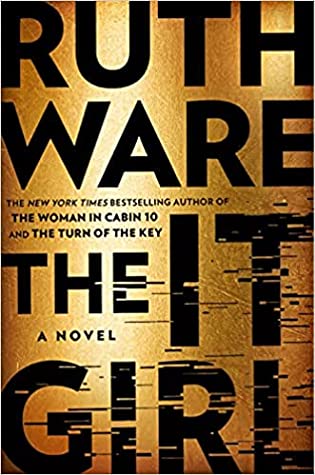 The It Girl by
The It Girl by 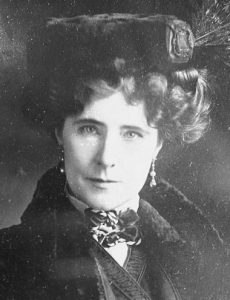
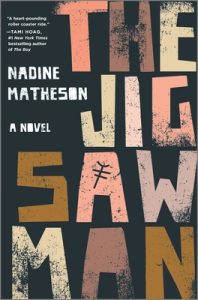 Especially as the way that the story opens begged the central question. If the right man was convicted, there would be no story. Since there’s a story, they got it wrong. (It is possible to get around this conundrum –
Especially as the way that the story opens begged the central question. If the right man was convicted, there would be no story. Since there’s a story, they got it wrong. (It is possible to get around this conundrum –